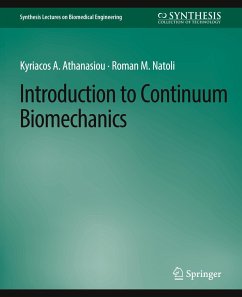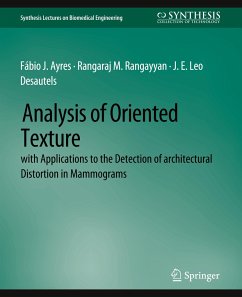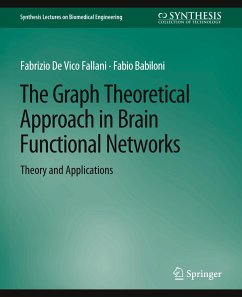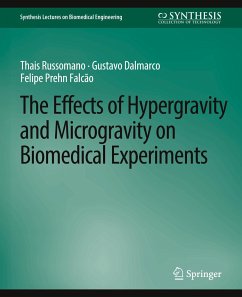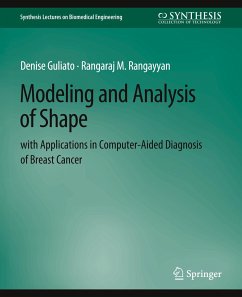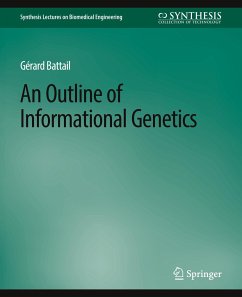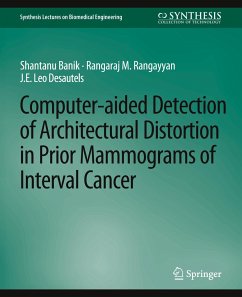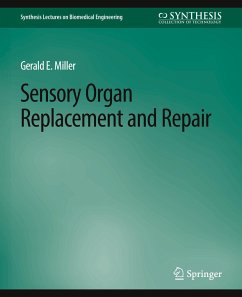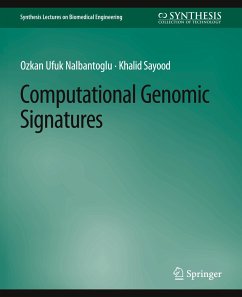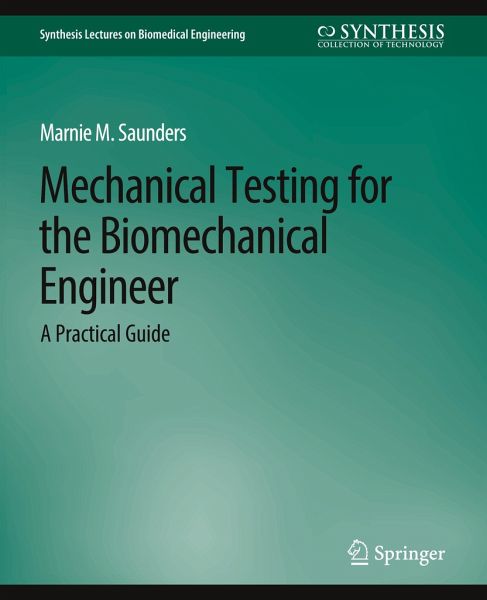
Mechanical Testing for the Biomechanics Engineer
A Practical Guide

PAYBACK Punkte
0 °P sammeln!
Mechanical testing is a useful tool in the field of biomechanics. Classic biomechanics employs mechanical testing for a variety of purposes. For instance, testing may be used to determine the mechanical properties of bone under a variety of loading modes and various conditions including age and disease state. In addition, testing may be used to assess fracture fixation procedures to justify clinical approaches. Mechanical testing may also be used to test implants and biomaterials to determine mechanical strength and appropriateness for clinical purposes. While the information from a mechanical...
Mechanical testing is a useful tool in the field of biomechanics. Classic biomechanics employs mechanical testing for a variety of purposes. For instance, testing may be used to determine the mechanical properties of bone under a variety of loading modes and various conditions including age and disease state. In addition, testing may be used to assess fracture fixation procedures to justify clinical approaches. Mechanical testing may also be used to test implants and biomaterials to determine mechanical strength and appropriateness for clinical purposes. While the information from a mechanical test will vary, there are basics that need to be understood to properly conduct mechanical testing. This book will attempt to provide the reader not only with the basic theory of conducting mechanical testing, but will also focus on providing practical insights and examples.



